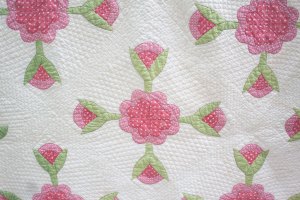Quilters have been using quilts to express their political views long before women were given the right to vote, August 18, 1920. I designed the quilt above to illustrate some of the block patterns which have been named after political parties, political candidates, and political issues in the history of the United States.

The above quilt block is known by several names, one of which is Tippecanoe and Tyler Too!, a political slogan in the 1840 election of Harrison, whose nick name was Tippecanoe, and Tyler against Van Buren. The slogan reminded the voters of Harrison’s victory in 1811 over the Indians at the battle of Tippecanoe. It was one of the first campaigns which used songs and slogans to encourage voters, you can find a recording of the song here.

The Rose of Sharon (biblical name) or Whig’s Rose was named after a political party which was formed in the 1828 election against Democrat, Andrew Jackson. The Whig party did not survive much past the 1852 election, but the name endures. The party was severely hurt by the deaths of Henry Clay and Daniel Webster. It also fell apart along pro- and anti-slavery lines.

Henry Clay had his own quilt block, Clay’s Choice. He was very active in U.S. politics for about 30 years and held staunch anti-slavery views. His ‘choice’ was to be morally right rather than elected to the presidency. Henry Clay ran against Democrat James Polk, a relative unknown, and was defeated, in part, due to Polk’s campaign slogan. Polk’s slogan 54°40′ or Fight! refers to the dispute with Canada over the placement of the border in the Oregon Territory, we eventually agreed on a border at the 49° parallel. The block below gets its name from this slogan.

Nancy Cabot designed the “Little Giant” quilt block below to show her admiration of Steven Douglas, a man known for his short stature, but great energy and vitality. He ran for President against Republican Abraham Lincoln.
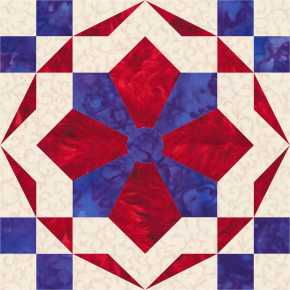
Lincoln and Douglas participated in a several debates during the election for the Senate seat in Illinois in 1858. The issues debated would become important when Lincoln, after losing to Douglas, ran for President in 1860.

Of course, quilters also named several quilt blocks after President Lincoln. One of several is the following, Mr. Lincoln’s Platform.

In 1932, the Kansas City Star’s E. Flogan designed two quilt blocks, Giddap (a donkey) and Ararat (an elephant, named after an elephant in the Kansas City zoo). The two blocks have been used in quilts to symbolize the two political parties, Democrat and Republican, respectively.
One last picture of a quilt block with a political name is the Free Trade block. It is certainly an issue which has endured through many presidential elections.

Will you make a quilt with a political message?
Enjoy your quilting adventure!


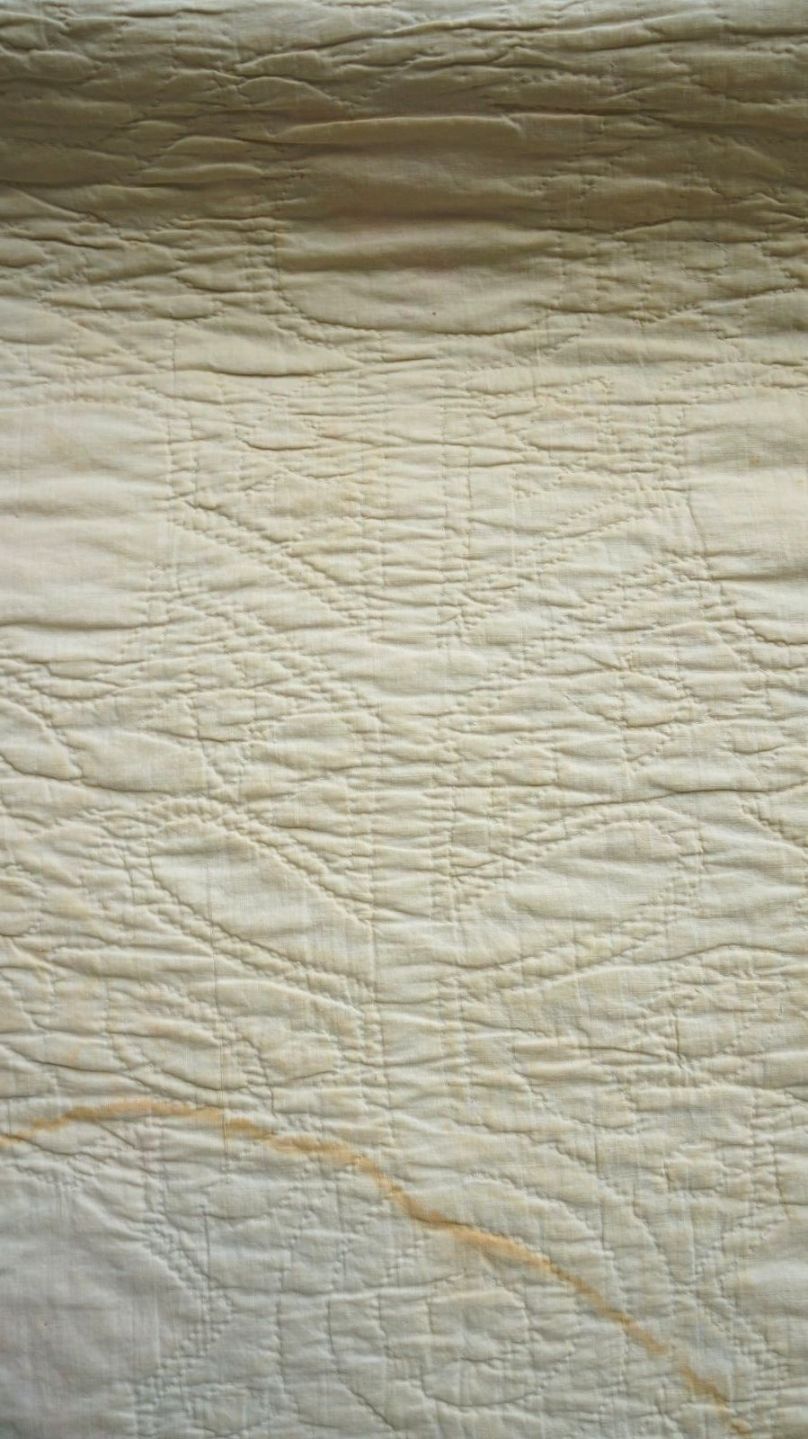




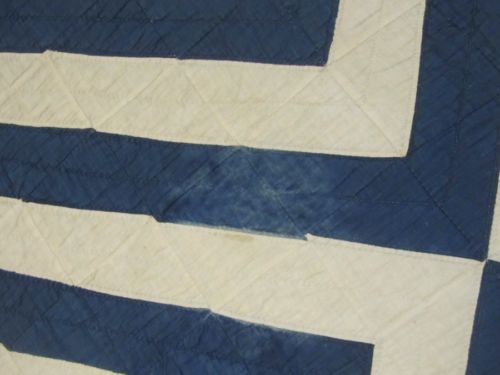


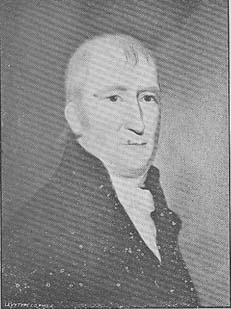
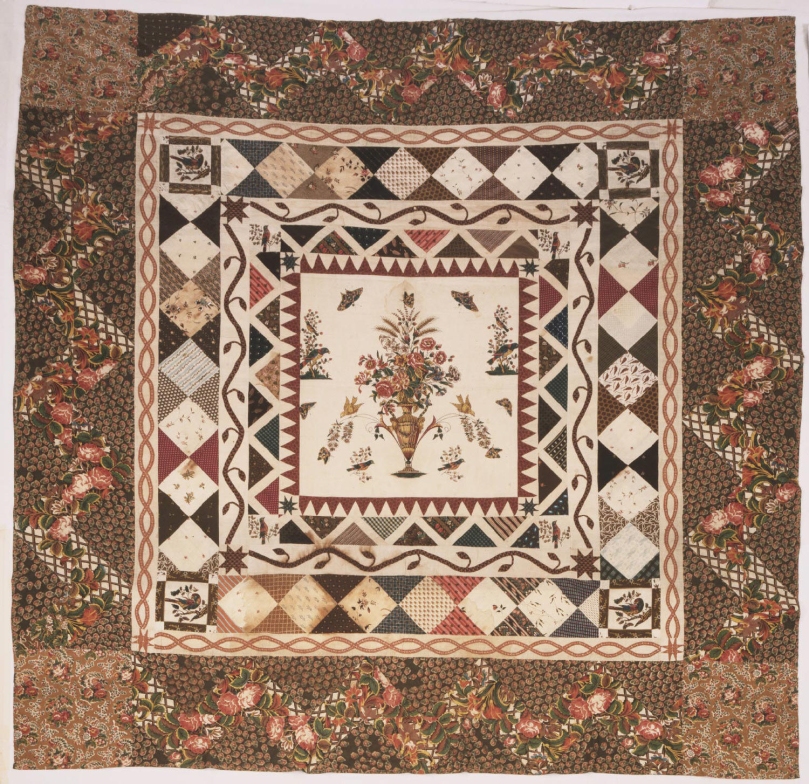













 (I can’t even imagine $.05/yard!!)
(I can’t even imagine $.05/yard!!)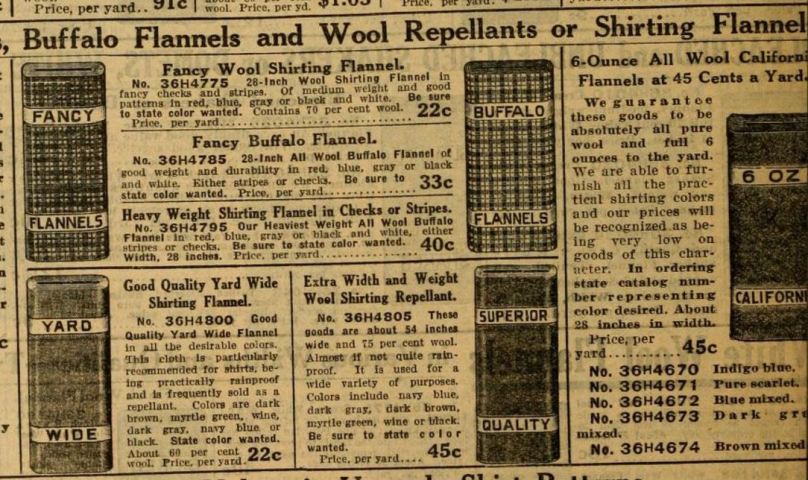 Most quilters have come to know ‘shirtings’ as a cotton fabric with small abstract, geometric, or figure prints. Most commonly the ground is white with the figures printed in one color.
Most quilters have come to know ‘shirtings’ as a cotton fabric with small abstract, geometric, or figure prints. Most commonly the ground is white with the figures printed in one color.










































